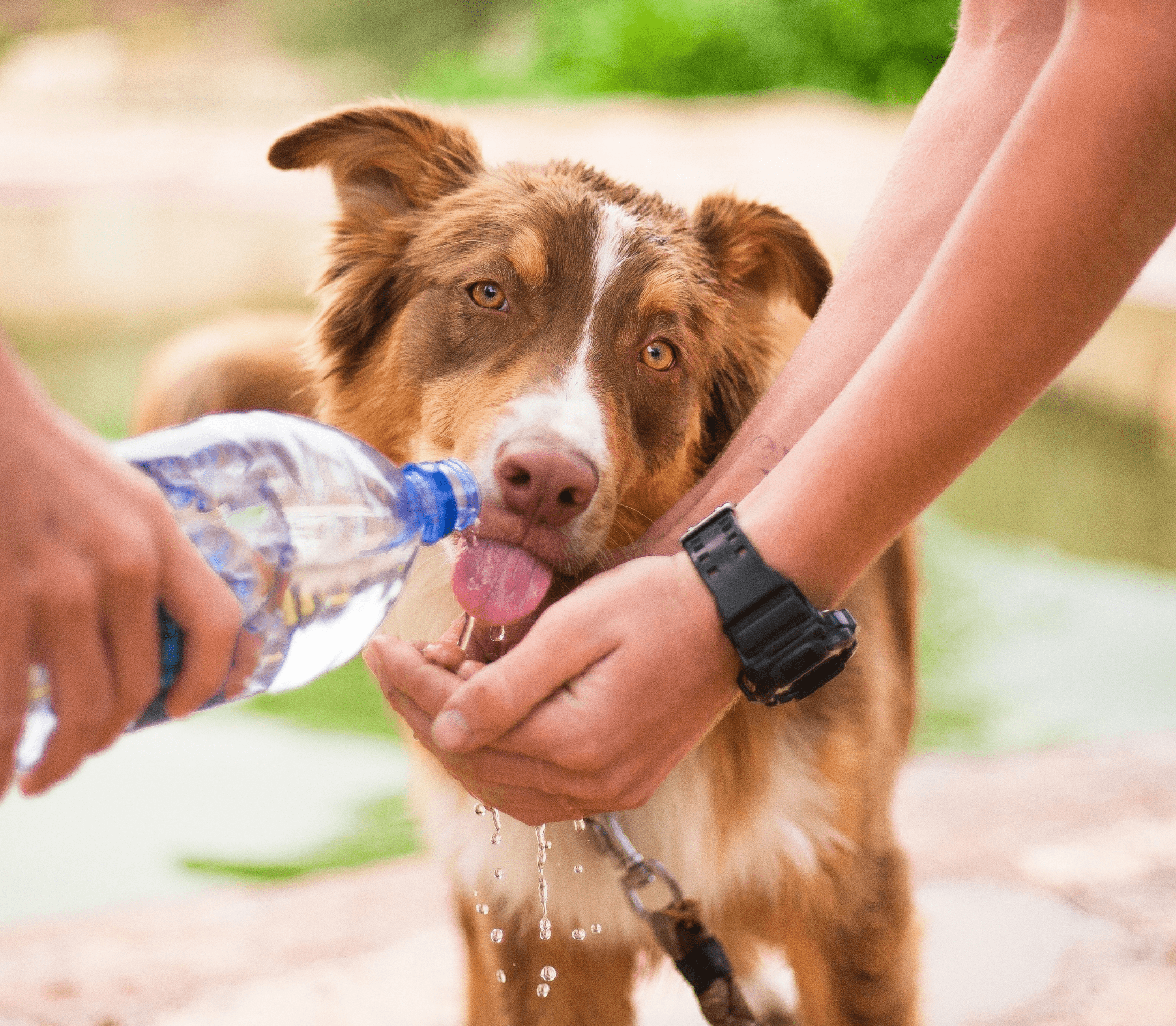Swimming With Fido
Do you like to cool off on hot days by going swimming? If so, you’re not alone. Swimming is pretty popular with our canine pals, too. It’s also beneficial for them. It can give Fido a great workout, but is easy on his bones and joints. However, you’ll need to take some precautions to keep your pet safe near the water. A Washington DC vet discusses swimming with dogs in this article.
Swim Lessons
While some dogs are natural swimmers, this isn’t always the case. You may need to work with Fido. Even if your four-legged friend never becomes a dock diver, he’ll benefit from having some guidance and experience. Start in shallow water, and support him as he’s learning. Of course, swimming isn’t right for all dogs. If your pooch is a toy breed, brachycephalic, or very large, ask your vet for specific advice.
Safety
Always put your furry pal’s safety first. Fido is over his head in very shallow water, and accidents can occur very quickly. Follow the same general precautions as you would with a toddler. The biggest thing, of course, is to keep a close eye on your pooch at all times. If you’re at a pool, you’ll need to teach Fido where the exit is. If you’re at a beach or lake, stay away from steep currents and drop-offs.
Training
Training isn’t only important for Fido’s manners: it’s also crucial for safety reasons. Make sure that your canine buddy knows–and obeys—key commands like Sit, Stay, and Come . That basic doggy obedience training can help you keep your pup from running off or approaching people or other dogs.
Water
Fido can overheat very quickly in summer! Make sure he always has plenty of fresh water. Don’t let your pooch drink from pools, lakes, or ponds. The water may not be safe.
Paws
Dogs’ paws are very sensitive, especially when they’re wet. Your pup can get blisters running on hot or abrasive surfaces after going swimming. Use paw balm or wax to protect those furry feet.
Coat
You may need to put sunscreen on Fido, especially if he has pale or thin fur. Once swim time is over, rinse him off to get the sand, salt, or chlorine out of his fur.
As your local Washington DC veterinary clinic, we’re always here to help! Please contact us for all your pet’s veterinary care needs!



